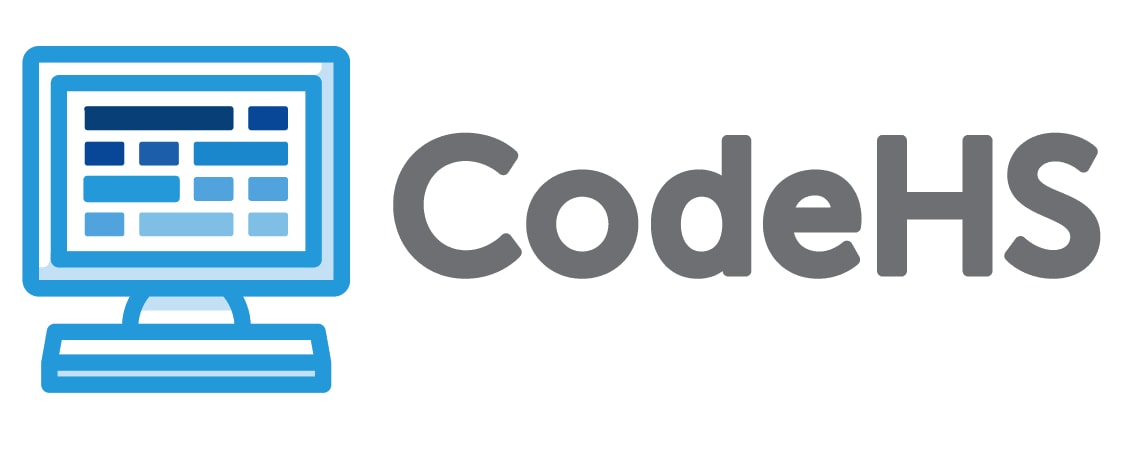This course is fully aligned to the College Board AP CS A course standards and the recommended unit sequence. Learn the basics of object-oriented programming with a focus on problem solving and algorithm development. Take this course and prepare to ace the AP Java test.


